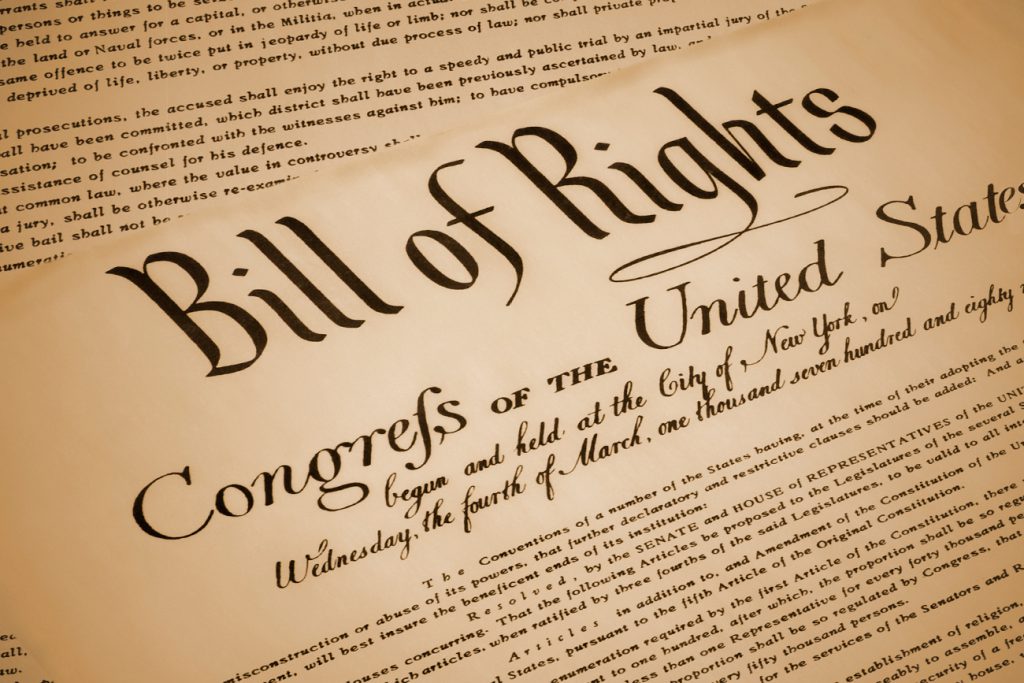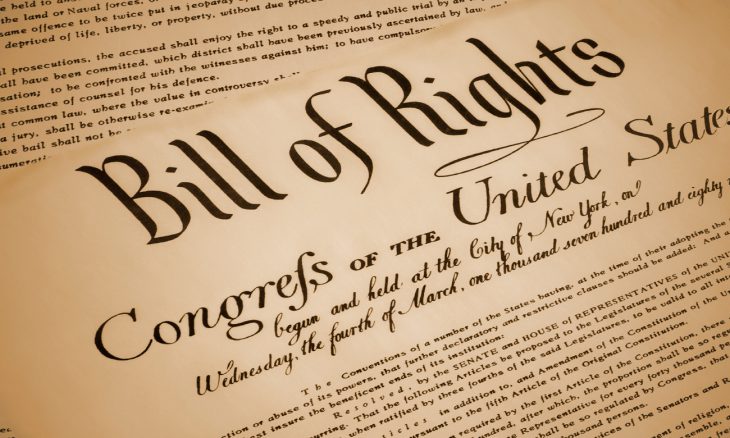America’s Uniqueness is Her Freedoms

On December 20, 1787, Thomas Jefferson said, “[A] bill of rights is what the people are entitled to against every government on earth, general or particular, and what no just government should refuse or rest on interference..”
Several months earlier, in the summer of 1787, delegates from the 13 states convened in Philadelphia and drafted a blueprint for governing—the Constitution of the United States. Yet, for all of its remarkableness, it lacked a specific declaration of individual rights. It set out what the government could do, but stopped short of saying what it could not do. The following summer, on June 21, 1788, the United States Constitution became the law of the land when New Hampshire became the ninth state to ratify it.
Through the inspiration of Thomas Jefferson and drafting by James Madison, a number of amendments to the Constitution were delivered to Congress in June 1789. The House of Representatives passed a joint resolution containing 17 amendments based on Madison’s proposal. By September, a joint House and Senate Conference Committee settled the remaining disagreements, setting the amendments up for the next step. On October 2, 1789, President George Washington forwarded copies of 12 amendments adopted by Congress to the states. By December 15, 1791, three-fourths of the states with Virginia being number 11 had ratified 10 of them, and the Bill of Rights became law in America.
In 1939 Georgia, Massachusetts, and Connecticut finally ratified the Bill of Rights.
The First Amendment guarantees certain freedoms and rights to the nation’s citizens. It reads: “Congress shall make no law respecting an establishment of religion, or prohibiting the free exercise thereof; or abridging the freedom of speech, or of the press; or the right of the people peaceably to assemble, and to petition the government for a redress of grievances.”
Across the centuries since its ratification, the First Amendment has been subjected to challenges to free speech, free press, free religious observance, and the other rights granted thereunder. As recently as June this year, the Supreme Court ruled for a coach who prayed on the 50- yard line after a game, and said a school district in Maine could not exclude religious schools from a state tuition program—both clear victories for religious freedom.
In the case involving prayer on the 50-yard line, Justice Neil M. Gorsuch, writing for the majority, said that the prayers of the coach, Joseph Kennedy, were protected by the First Amendment and that the school district had erred in suspending him after he refused to end the practice. “Respect for religious expressions is indispensable to life in a free and diverse republic — whether those expressions take place in a sanctuary or on a field, and whether they manifest through the spoken word or a bowed head,” he wrote.
Freedom is God’s idea. In Galatians 5:13-14, read, “For you were called to freedom, brothers. Only do not use your freedom as an opportunity for the flesh, but through love serve one another. For the whole law is fulfilled in one word: ‘You shall love your neighbor as yourself.’”
How then should we pray?
- With thankfulness for America’s forefathers bending to the wisdom of God and developing freedoms and rights for the nation’s citizens.
- That the nation’s public would gain a greater sense of what they have been given through the Bill of Rights that few other nations have.
- With gratitude for the current make-up of the Supreme Court, many of whom have testified to their own personal relationship with our Sovereign God.





